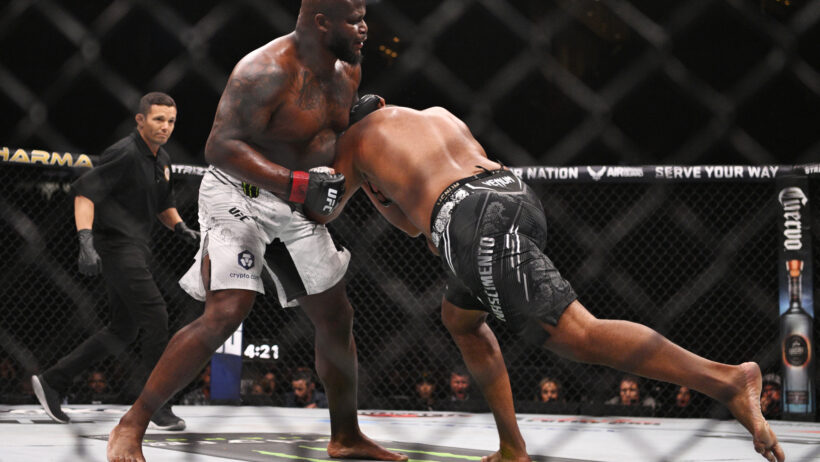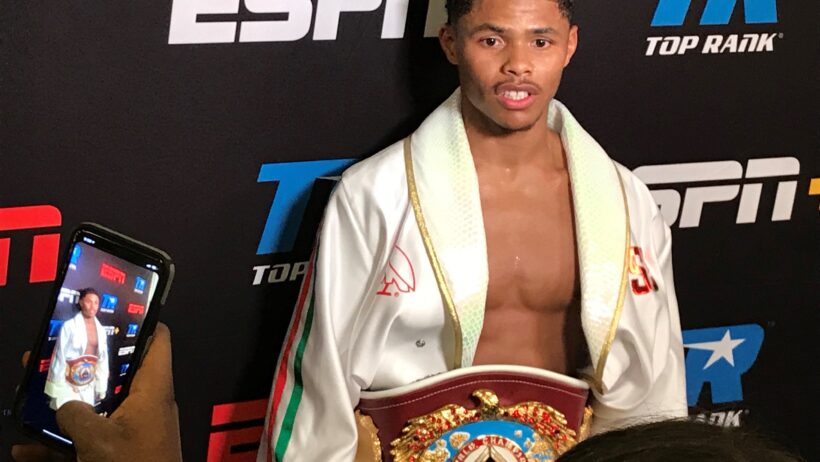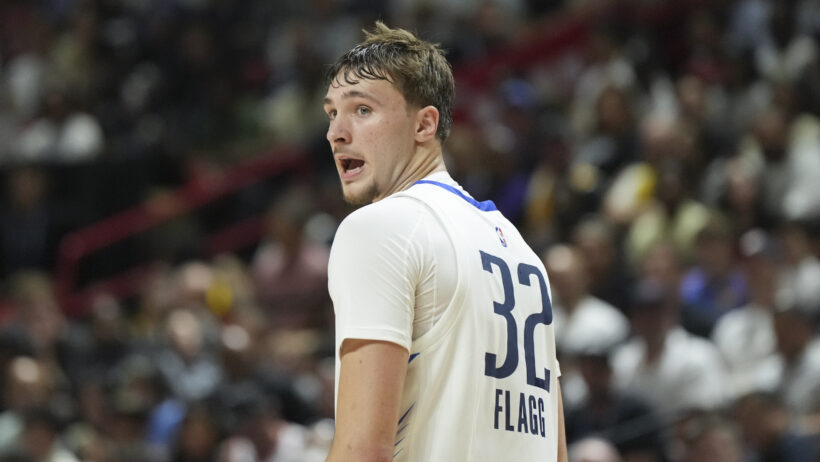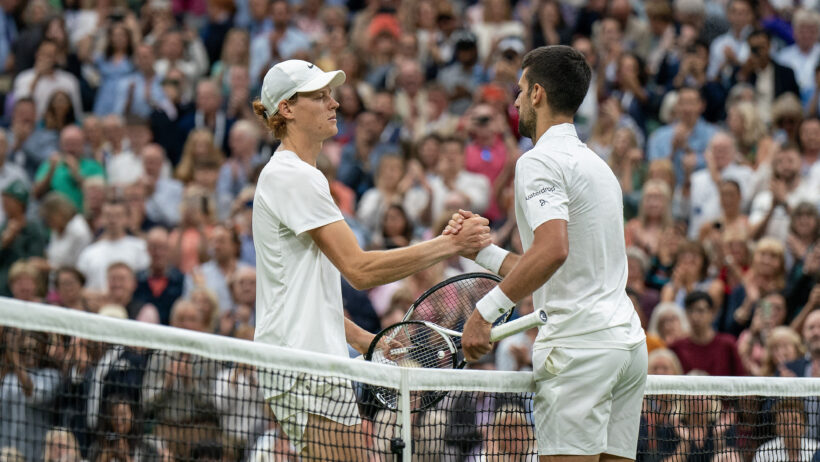15 Fun Facts about the Final Four: From Obama’s Preference to Sister Jean’s Reverence
By Sascha Paruk in College Basketball
Published:
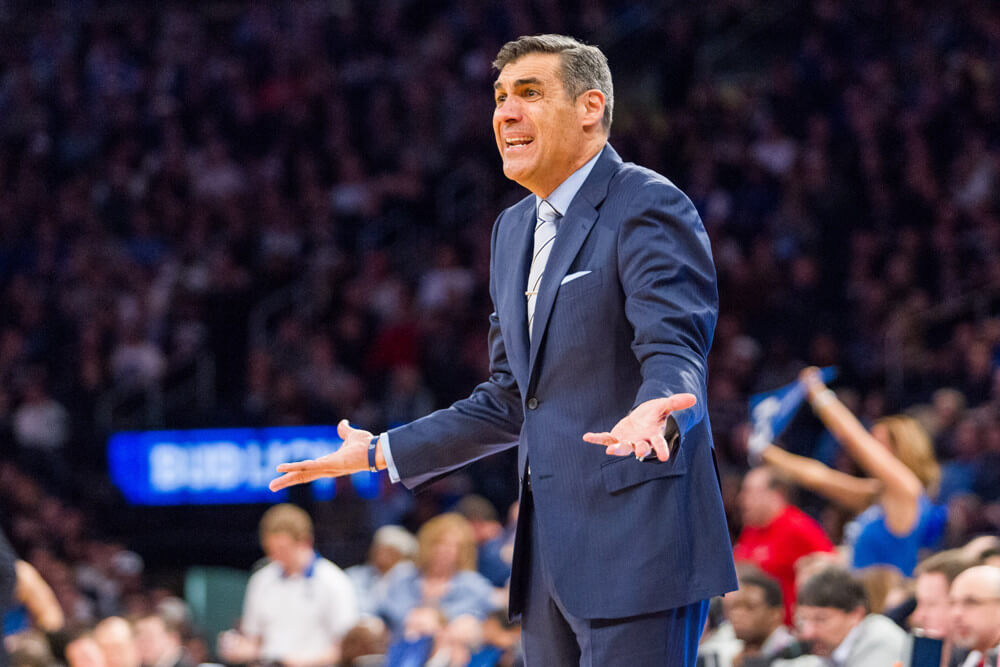
If Monday’s Key Final Four Facts were a little too number-heavy for your liking, give me a second chance to prove that I can be the fun, flippant uncle.
I recognize that 15 is a pretty random number. But random is fun! Also, it’s how many I could find before the higher-ups started using buzzwords like “diminishing returns” and “what the hell have you been doing all day?”
1. Bill Self is going to like his surroundings.
The Alamodome has hosted three previous Final Fours (1998, 2004, 2008), but only one of these coaches has been here before. Bill Self’s Jayhawks cut down the nets in San Antonio back in 2008.
2. This is Loyola’s first NCAA tournament appearance since 1985.
The Ramblers used to be something of a heavyweight in college basketball, winning the 1963 national title and going to the tournament four times from ’63 to ’68. That was followed by a dry-spell, to put it mildly. They didn’t make the tournament again until ’85, and then suffered another drought that lasted until this year.
3. Sister Jean used to ball out.
Everyone is enamored with the adorable 98-year-old nun who leads Loyola-Chicago in prayer before each game. But she’s more than Loyola’s emotional leader. She’s a second coach! An ex-ball player, herself, she works strategy and scouting reports into her pregame supplications to the Almighty, according to ESPN.
4. Barack Obama is a Loyola fan.
Incredible to have a Chicago team in the Final Four. I’ll take that over an intact bracket any day! Congratulations to everybody @LoyolaChicago – let’s keep it going!
— Barack Obama (@BarackObama) March 25, 2018
Having the 44th POTUS in your corner has to count for something, doesn’t it? It’s better than Bradley Cooper (Villanova) and Tom Brady (Michigan), anyway, and a lot better than Don Johnson (Kansas).
5. Villanova is the only team that is 100% American.
The Final Four will have an international aroma. Several players from overseas will play significant roles for their teams, including Mo Wagner (Michigan/Germany), Udoka Azubuike (Kansas/Nigeria), Svi Mykhailiuk (Kansas/Ukraine), and Bruno Skokna (Loyola/Croatia). But Jay Wright hasn’t gotten in on the international recruiting fun, bringing a roster that is USA born and bred all the way down.
6. The ACC was shutout of the Final Four for the first time since 2014.
It’s no secret that the 15-team ACC fancies itself the best conference in America, and it had the longest Final Four-appearance streak heading into the tournament, putting four teams total into the last three editions. But that ended when Duke lost in the Elite Eight, and it also has to wear Virginia’s “first #1 seed to lose to a #16” badge.
7. This year’s seed-total is considerably higher than usual.
With Loyola, a #11, reaching the Final Four, the seed total for this quartet is 16:
- 1 (Villanova) + 1 (Kansas) + 3 (Michigan) + 11 (Loyola)
Since the tournament expanded to 64 teams in 1985, the average Final Four seed total is 10.82. But 16 isn’t anywhere close to the record of 26 set back in 2011. Gah, sorry, too many numbers. Back to the fun.
8. All four schools have won a national championship before.
No matter who cuts down the nets on Monday (April 2), it won’t be a first for the team. As mentioned above, Loyola won the title in 1963, and Villanova (2016), Michigan (1989), and Kansas (1952, 1988, 2008) all have banners, as well.
9. Villanova’s Mikal Bridges is the best NBA prospect remaining.
If you watch college basketball with an eye to finding future NBA stars, then cast your gaze on Nova’s 6’7 wing Mikal Bridges. Always a tenacious defender with elite athleticism, he’s become a lights-out three-point shooter at the college level, and is the only projected lottery pick left in the tournament. His highlight reel is literally jam packed.

10. Michigan’s John Teske is the tallest player left in the tournament.
Standing a stately 7’1, the Michigan sophomore averages 16 rebounds per 100 possessions, which is the best mark among Wolverine players who have logged over 50 minutes this season. He doesn’t have much range, though. He’s shooting 0% from three on one attempt.
12. Kansas’ Udoka Azubuike is the heaviest player left in the tournament.
The Jayhawks’ own seven-footer tips the scales at 280 pounds. While his size allows him to dominate in the post (17.1 rebounds per 100 possessions), he might want to spend more time working on his stroke than hitting the weights. He’s shooting a woeful 41.7% from the free-throw line.
12. No one under six-feet tall is going to play a single minute in the Final Four.
Between the Kansas and Villanova rosters, there are a few players south of six feet, but no one who will log any minutes in the biggest games of the season, barring a complete and utter blowout.
In reality, everyone who’s listed at six feet even is likely shorter than that. (Looking at you, Clayton Custer and Zavier Simpson.) But teams do their players a solid and round up if it’s anywhere close.
13. The “Wildcats” are in the Final Four for the sixth time in the last eight years.
“Wildcats” is one of the most popular names in college basketball. Villanova is one of ten teams that bears the moniker, along with: Abilene Christian, Arizona, Bethune-Cookman, Davidson, Kansas State, Kentucky, New Hampshire, Northwestern, Weber State. Between Nova and Kentucky, there’s been a Wildcats in every Final Four since 2011, except 2013 and 2017.
Villanova is one of ten [Division I basketball] teams that bears the moniker [Wildcats].
14. The “Ramblers” and “Jayhawks” are completely unique.
Unlike those unoriginal Wildcats, the Loyola-Chicago Ramblers and Kansas Jayhawks are the only schools with their respective nicknames. Michigan has to share its Wolverines sobriquet with Utah Valley.
15. There might not be a single wild wolverine in the state of Michigan.
The origins of Michigan as “the wolverine state” are unclear. According to Wikipedia, it might stem from the fur trade or from an insult leveled at early settlers in the state.
What is clear is that Michigan’s wolverine population is smaller than Loyola’s chances of winning the national championship. There wasn’t a single sighting in the wild from the early 1800s to 2004, and the one that was spotted in ’04 died six years later.

Managing Editor
Sascha has been working in the sports-betting industry since 2014, and quickly paired his strong writing skills with a burgeoning knowledge of probability and statistics. He holds an undergraduate degree in linguistics and a Juris Doctor from the University of British Columbia.
